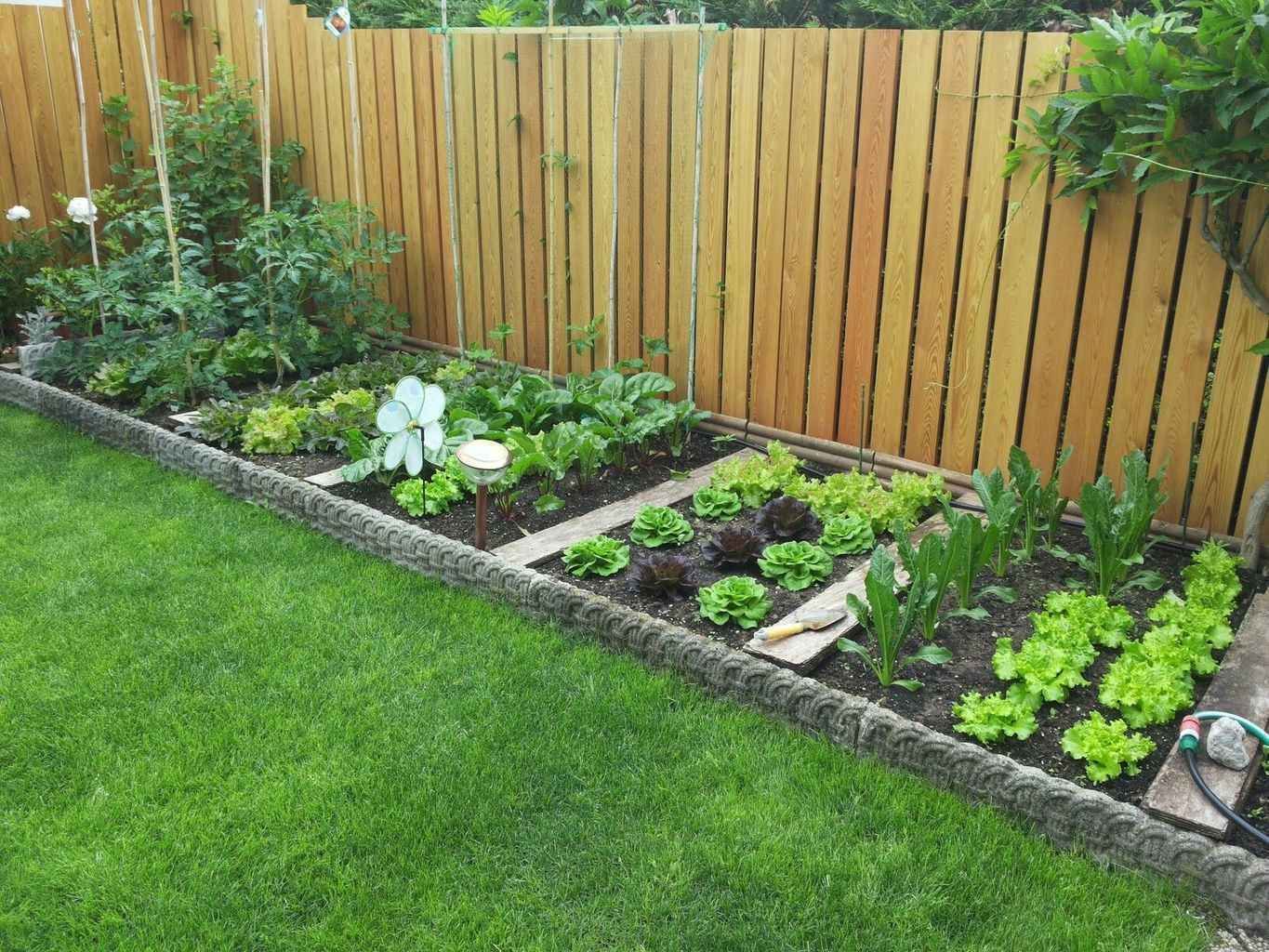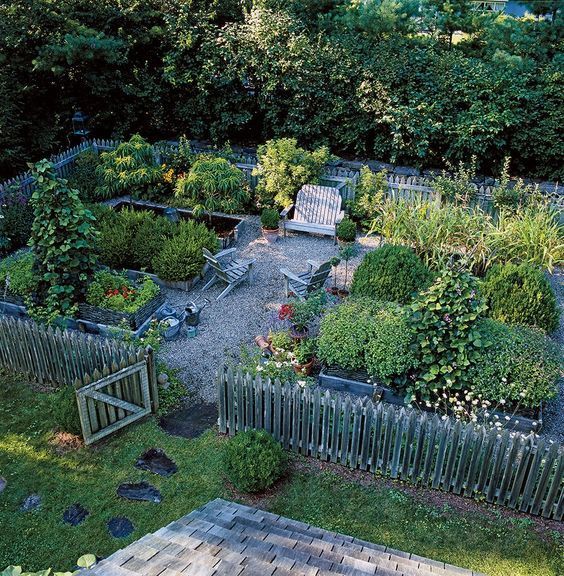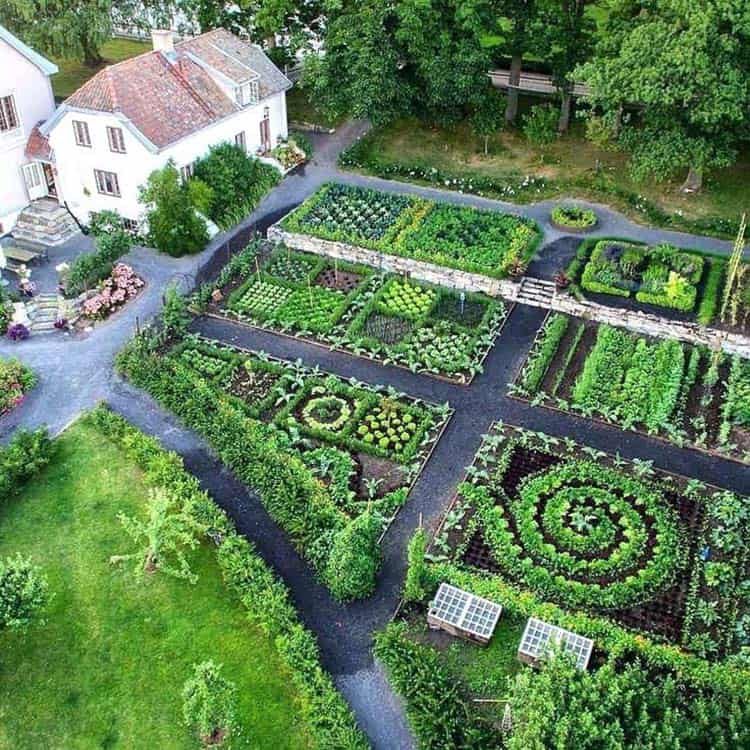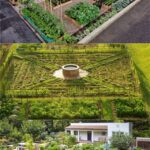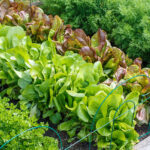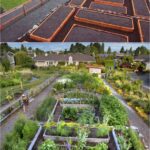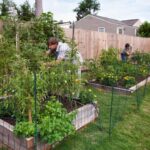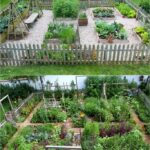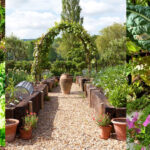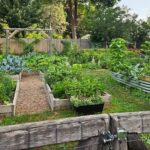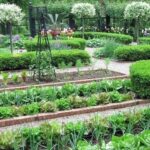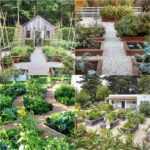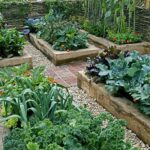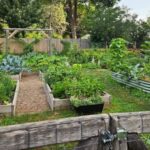Garden design for vegetables is an essential aspect of creating a productive and visually appealing space. Whether you are a seasoned gardener or new to the world of vegetable gardening, incorporating thoughtful design elements can help maximize your yield and enhance the overall aesthetic of your garden.
When planning your vegetable garden, it’s important to consider aspects such as the size and shape of the space, sunlight exposure, and soil quality. These factors will influence the layout of your garden and the types of vegetables that will thrive in your specific conditions. Some vegetables require full sun, while others can tolerate partial shade, so be sure to plan accordingly.
In terms of design, raised beds are a popular choice for vegetable gardens as they provide better drainage and can help control weeds. They also make it easier to access your plants for watering, weeding, and harvesting. Raised beds can be constructed from a variety of materials, including wood, stone, or even recycled materials such as old tires or pallets.
Companion planting is another important aspect of garden design for vegetables. By planting certain vegetables together, you can help control pests, improve soil fertility, and promote healthier growth. For example, planting aromatic herbs such as basil or sage near your tomatoes can help repel pests and enhance the flavor of your tomatoes.
Vertical gardening is a space-saving design technique that can be particularly useful for small gardens or urban spaces. By growing vegetables such as cucumbers, peas, or beans on trellises, fences, or other vertical structures, you can maximize your growing area and create a visually striking garden feature. Vertical gardening can also help improve air circulation and prevent diseases in your vegetable plants.
Lastly, don’t forget to incorporate aesthetic elements into your vegetable garden design. Adding pathways, decorative planters, and colorful flowers can enhance the beauty of your space and create a more inviting environment for both you and your plants. By combining practical considerations with creative design ideas, you can create a vegetable garden that is not only productive but also visually stunning.
